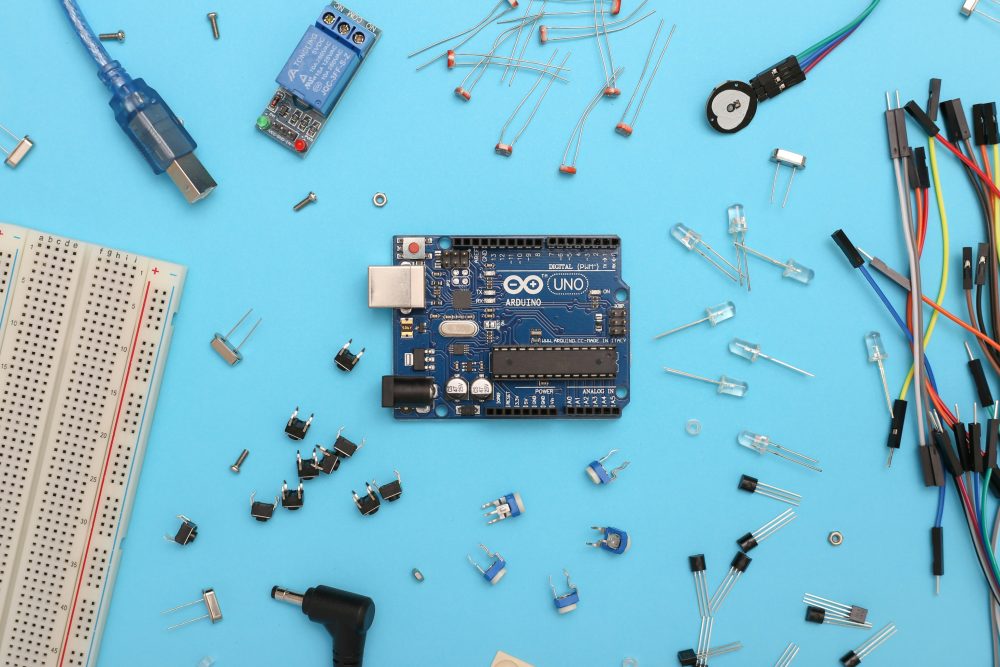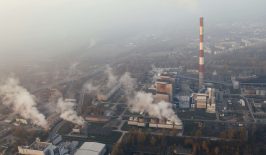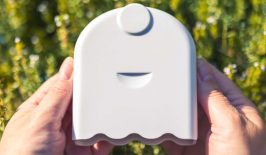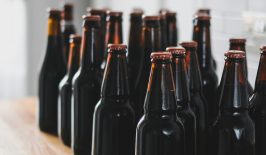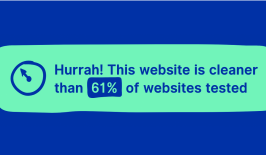Gold, a metal revered since ancient times, has far more uses than sparkling on the end of a finger. Its coveted qualities have put it at the heart of modern technology. From powering electronics to driving advancements in catalysis, aerospace and medicine, gold’s unique properties make it indispensable in a plethora of applications. However, with its ever-growing demand and finite supply, the need to recover gold and other finite materials from unconventional sources like electronic waste (e-waste) has become paramount in circular economy principles.
The high-stakes game of recycling electronic waste
E-waste, the fastest-growing global solid waste stream, harbours significant amounts of valuable materials, gold included. Yet, traditional methods of gold extraction from e-waste typically rely on resource-intensive processes like activated carbon adsorption, and even these are notoriously inefficient. In light of this, the quest for more efficient and sustainable extraction methods has led to a groundbreaking study exploring an unexpected ally in the quest for gold: whey.
Indeed, whey protein-derived amyloid nanofibrils (AF) have recently emerged as potent adsorbents for heavy metals, owing to their high surface area and this surface’s unique functionality. In a 2024 study, researchers from ETH Zurich leveraged AF aerogels derived from whey, a byproduct of the dairy industry, to extract gold from e-waste. The results were extremely promising.
How big of a problem is e-waste?
lectronic waste (e-waste) is the most rapidly expanding solid waste stream globally, growing three times faster than the world’s population.
Less than a quarter of the e-waste generated worldwide in 2019 was officially recycled.
Recycling e-waste can potentially harm human health, with children and expectant mothers being especially susceptible. According to estimates from the International Labour Organization (ILO) and World Health Organization (WHO), millions of women and child labourers engaged in informal e-waste recycling worldwide face the risk of exposure to harmful substances.
AF aerogels could be the whey forward
The AF aerogels exhibited an exceptional capacity for gold adsorption, outperforming conventional methods such as carbon absorption. AF aerogels work as adsorbents, selectively capturing gold ions from a solution. Researchers found that the AF aerogel was found to have a lower carbon footprint, producing about 87 grams of CO2 equivalent in contrast with the 116 grams produced with traditional methods, a saving of roughly 25 percent.
But it’s not just about carbon emissions. Other environmental factors were also impacted. Using AF aerogel instead of activated carbon reduces freshwater eutrophication by 71 percent and fossil depletion by 64 percent. This means that opting for AF aerogel as an adsorbent for gold recovery is not only more environmentally friendly in terms of carbon emissions, but also helps preserve freshwater quality and reduces reliance on fossil fuels.
Importantly, as well as their greener credentials, AF aerogels proved to be highly effective in practical application, too. They yielded gold nuggets with a purity of 21-22 carats (≈90.8 wt%) from the e-waste. And, to compound their benefits, the process remained economically viable. The cost of recovering 1 gram of gold from e-waste using AF aerogel is estimated at £1.1 (€1.29), significantly lower than prevailing market prices.
Do circular economy principles work? Time will tell
The utilisation of AF aerogels represents a significant stride towards sustainable resource management. By repurposing food side-streams like whey protein to produce high-value materials for gold recovery, this approach aligns with circular economy principles, minimising waste and maximising resource efficiency. However, the technology for using AF aerogels in gold recovery is still in the developmental stage. Further research and refinement are required before it can be widely adopted, meaning that potential challenges in its effectiveness and scalability could be yet to be addressed.
While better e-waste recycling options are a massive step forward in the fight against climate change, we refer back to the old adage; “reduce, reuse, recycle”. Whilst reducing the use of all goods, particularly electronics a topic we write frequently about, reuse is also gaining momentum. Luckily, recent years have seen several initiatives promoting the reuse of electronic items. And, these promising developments have also been given the gold stamp of approval from higher powers; 2023 saw the European Union adopting a new law granting consumers the right to repair common household appliances, including smartphones, even after the warranty period ends. The hope is that this will motivate buyers to repair their goods before disposing of them, therefore reducing the need to recycle precious metals altogether.
